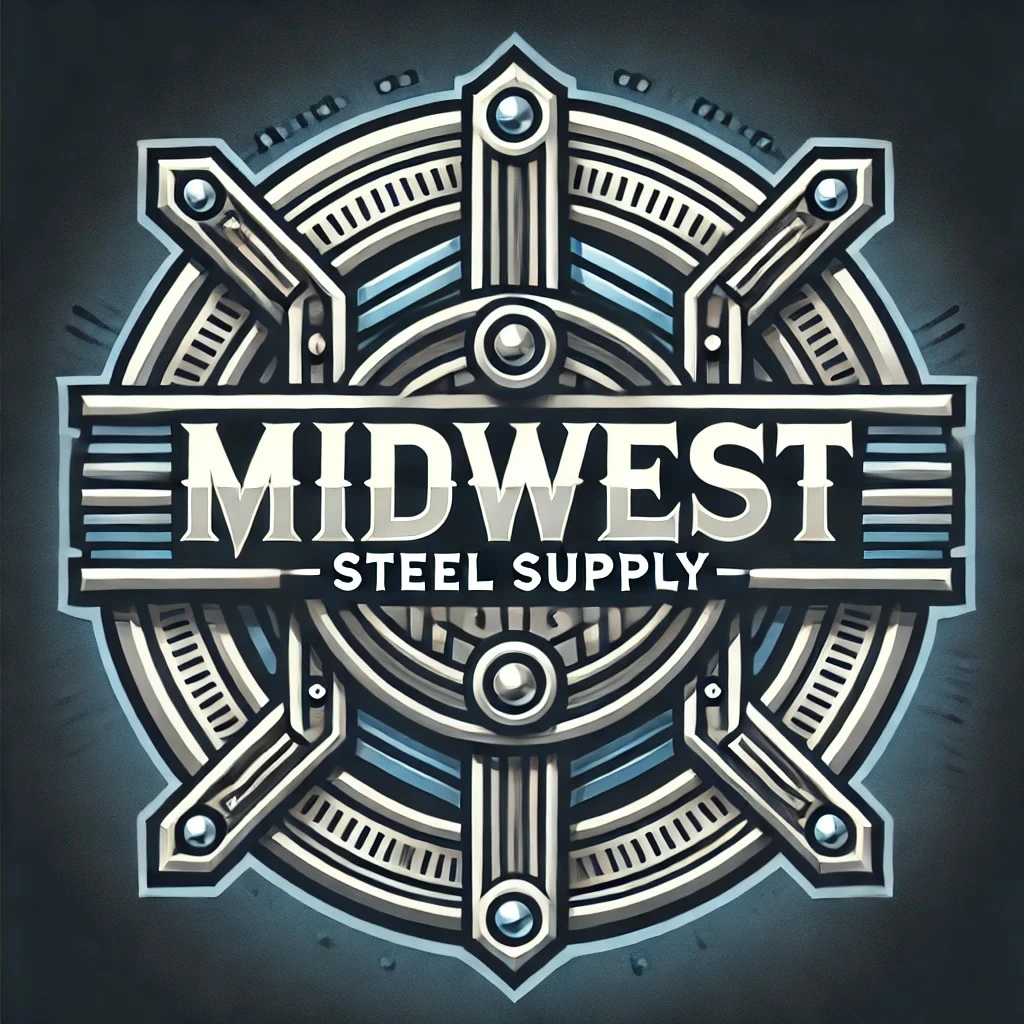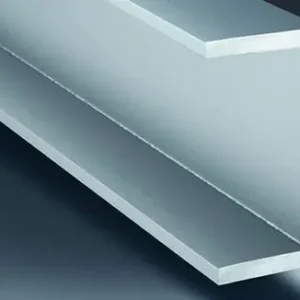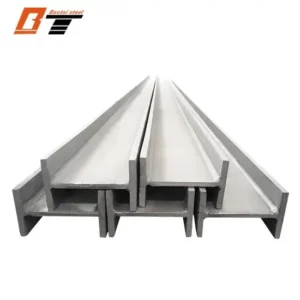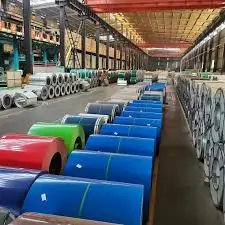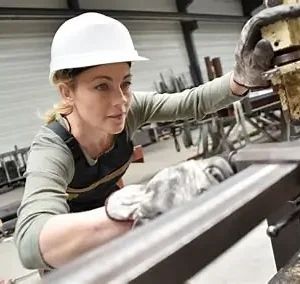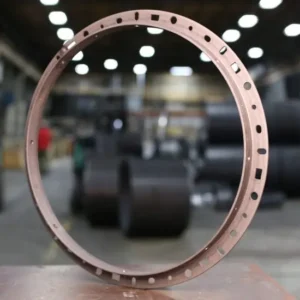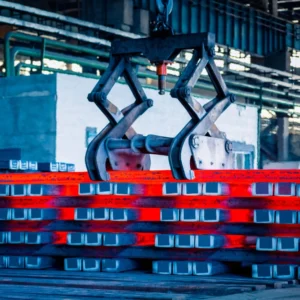EN10025 S355, S355 plate, S355 price Complete 2025 Guide
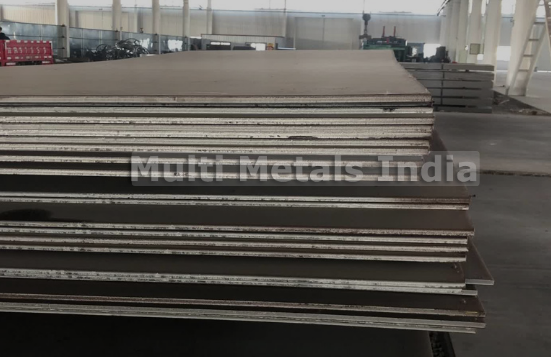
Introduction
In structural engineering and fabrication, EN10025 S355, S355 plate, S355 price steel stands as one of the most widely used and reliable materials. Known for its excellent strength, weldability, and versatility, S355 has become the benchmark for construction and machinery applications throughout Europe and across global markets.
Whether you are sourcing S355 plates for heavy equipment, bridges, or industrial structures, understanding the technical properties, uses, and especially the S355 price per ton is essential for cost-effective planning and procurement.
This article provides a detailed look at EN10025 S355 steel, its composition and grades, applications, and the latest 2025 market price trends for S355 plates and structural sections.
What Is EN10025 S355 Steel?
EN10025 is the European standard for hot-rolled structural steels. Within this specification, S355 is a grade that offers a minimum yield strength of 355 MPa, hence the name “S355.” It replaces earlier designations like S275 and S235 for higher-strength applications.
Key Properties of S355 Steel
| Property | Typical Value |
|---|---|
| Yield Strength (≤16 mm) | 355 MPa |
| Tensile Strength | 470–630 MPa |
| Elongation (L0 = 5d) | 22% (min) |
| Impact Test | Typically at 0 °C (J0), -20 °C (J2) |
| Modulus of Elasticity | ~210 GPa |
| Density | 7,850 kg/m³ |
The “S” stands for structural steel, while the numbers (e.g., 355) indicate the yield strength in megapascals. The suffixes JR, J0, and J2 refer to impact test temperatures:
-
S355JR: tested at room temperature (20 °C)
-
S355J0: tested at 0 °C
-
S355J2: tested at −20 °C
These variants provide flexibility depending on environmental and toughness requirements.
S355 Plate and Product Forms
S355 steel is available in several product forms, including:
-
Plates and sheets
-
Hot-rolled coils
-
Structural sections (I-beams, H-beams, channels)
-
Pipes and hollow sections
-
Flats and bars
Among these, S355 plates are particularly common in heavy fabrication, pressure vessels, and load-bearing components.
Applications of S355 Plates
-
Bridges and offshore structures
-
Construction of high-rise buildings
-
Cranes and lifting equipment
-
Mining and earthmoving machinery
-
Shipbuilding and marine structures
-
General engineering and fabrication
Because of their balanced mechanical properties and weldability, S355 plates are widely specified in structural projects that demand both strength and cost efficiency.
Chemical Composition
The chemical makeup of EN10025 S355 ensures good strength while retaining excellent weldability:
| Element | Typical Range (%) |
|---|---|
| Carbon (C) | ≤ 0.22 |
| Manganese (Mn) | ≤ 1.6 |
| Silicon (Si) | ≤ 0.55 |
| Phosphorus (P) | ≤ 0.035 |
| Sulfur (S) | ≤ 0.035 |
| Copper (Cu) | ≤ 0.55 |
| Nitrogen (N) | ≤ 0.012 |
The combination of moderate carbon and controlled alloying elements allows S355 to be both strong and easily fabricated, whether by welding, cutting, or forming.
Advantages of EN10025 S355 Steel
-
High Strength-to-Weight Ratio
With a yield strength of 355 MPa, S355 provides higher load capacity while using less material compared to lower grades like S235. -
Excellent Weldability
Thanks to low carbon content and controlled impurities, S355 can be welded by most conventional methods without special pre- or post-treatment. -
Good Toughness
The various J-designations ensure performance even at low temperatures, making S355 suitable for outdoor and cold-climate use. -
Wide Availability
Mills across Europe and Asia produce EN10025 S355, ensuring consistent supply and competitive pricing. -
Cost-Effective Performance
Although slightly more expensive than mild steel, the reduced section size requirements often make S355 more economical overall.
S355 Price per Ton (2025 Estimates)
Steel prices fluctuate with raw material costs, energy prices, and market demand. As of 2025, average S355 steel price ranges as follows:
| Region | Approx. Price Range per Metric Ton |
|---|---|
| Europe | €820 – €1,050 |
| United States | $850 – $1,100 |
| China / East Asia | $680 – $900 |
| India / South Asia | $720 – $950 |
| Middle East | $800 – $1,000 |
These prices typically apply to S355JR or S355J2 plates in standard thicknesses (6 mm – 40 mm) and volumes over 10 tons, FOB or ex-works basis.
Factors Affecting S355 Plate Price
Like all steels, S355 plate pricing is influenced by a mix of technical and market variables.
1. Raw Material Costs
Iron ore, coal, and scrap steel prices directly impact the cost of hot-rolled steel. When global ore or scrap prices rise, steel mills pass on the cost.
2. Energy and Production Costs
High electricity and natural gas prices raise the production cost per ton. Energy costs have been volatile in recent years, affecting European steelmakers most significantly.
3. Alloy Additions and Testing
Different variants (J0, J2, or normalized versions like S355N) undergo more rigorous testing, slightly increasing cost.
4. Thickness and Plate Size
Thicker or larger plates require more raw material and rolling effort, thus carrying higher cost per ton compared with thinner plates.
5. Supply and Demand
Construction booms or government infrastructure spending raise demand for structural steel, tightening supply and driving up prices.
6. Transport and Freight
Logistics costs—especially for imported plates—can add 10–20% to the total landed cost, depending on distance and shipping mode.
7. Currency Exchange and Tariffs
Since steel is globally traded, fluctuations in USD, EUR, or CNY exchange rates, along with import duties, affect local pricing.
S355 vs Other Structural Steel Grades
| Property | S235 | S275 | S355 | S460 |
|---|---|---|---|---|
| Yield Strength (MPa) | 235 | 275 | 355 | 460 |
| Weldability | Excellent | Excellent | Excellent | Moderate |
| Cost | Low | Medium | Medium | Higher |
| Common Use | Light structures | General fabrication | Heavy structures | Bridges, towers |
S355 steel offers an optimal combination of strength, availability, and affordability—making it the standard choice for most structural projects.
Market Overview and 2025 Price Trend
During 2023–2024, the global steel market experienced relative stability after the post-pandemic volatility. Energy price normalization and improved logistics helped balance supply chains.
In 2025, S355 prices have remained steady within historical ranges, though regional differences persist:
-
Europe and North America maintain higher base prices due to energy and labor costs.
-
Asian producers (China, India, South Korea) offer more competitive FOB prices due to scale and lower production costs.
-
The long-term outlook remains stable, with mild upward pressure linked to energy and carbon-emission costs.
If infrastructure investments continue globally, a moderate 3–6% rise in S355 plate price could occur in late 2025 or early 2026.
How to Evaluate S355 Plate Quotations
When sourcing EN10025 S355 plates, it’s crucial to compare offers correctly:
-
Check the Grade and Certification
Ensure compliance with EN10025 and the correct sub-grade (JR, J0, or J2). -
Confirm Delivery Terms
FOB, CIF, or DDP terms drastically change the final landed cost. -
Evaluate Size and Quantity
Prices vary by thickness, length, and order volume. -
Ask for Mill Test Certificates (MTC)
These verify chemical and mechanical compliance with EN10025 standards. -
Account for Additional Costs
Cutting, bending, heat treatment, and transport can add to total expenses. -
Compare Domestic vs. Imported Steel
Domestic supply ensures shorter lead times, while imports may offer cost advantages for large orders.
Example: Delivered Price Calculation
Let’s estimate for S355J2 plates, 20 mm thick, 100 tons imported to a Middle Eastern port:
-
Base FOB price: USD 850 / ton
-
Sea freight + insurance: USD 100 / ton
-
Import duty (5%) + taxes: USD 47 / ton
-
Inland transport & handling: USD 30 / ton
Delivered cost: ≈ USD 1,027 / ton
Thus, a modest $850/ton quote can quickly exceed $1,000 once logistics and duties are included. Buyers should always assess landed cost rather than base price alone.
Lifecycle Cost and Project Benefits
Although S355 steel may cost slightly more per ton than mild steel, its higher strength can reduce the total weight of steel needed for a structure by up to 15–20%. This not only lowers fabrication and transport costs but also improves structural efficiency and reduces long-term maintenance.
Key benefits:
-
Lower overall material tonnage
-
Reduced welding and erection time
-
Improved load performance
-
Better durability and design flexibility
When calculated over the life of a project, S355 plates often provide superior value compared with cheaper but weaker grades.
Conclusion
EN10025 S355 steel remains one of the most popular and reliable structural steel grades worldwide. Its combination of high strength (355 MPa yield), good weldability, and versatile availability makes it ideal for buildings, bridges, machinery, and offshore structures.
As of 2025, S355 price typically ranges between USD 800 and 1,100 per ton globally, depending on region, size, and order volume. While market prices may fluctuate with raw material and energy costs, S355 continues to offer one of the best strength-to-cost ratios in the construction and fabrication industries.
For engineers, fabricators, and project managers, choosing S355 plate ensures structural reliability, compliance with EN standards, and long-term economic performance — making it a cornerstone material in modern steel design.
